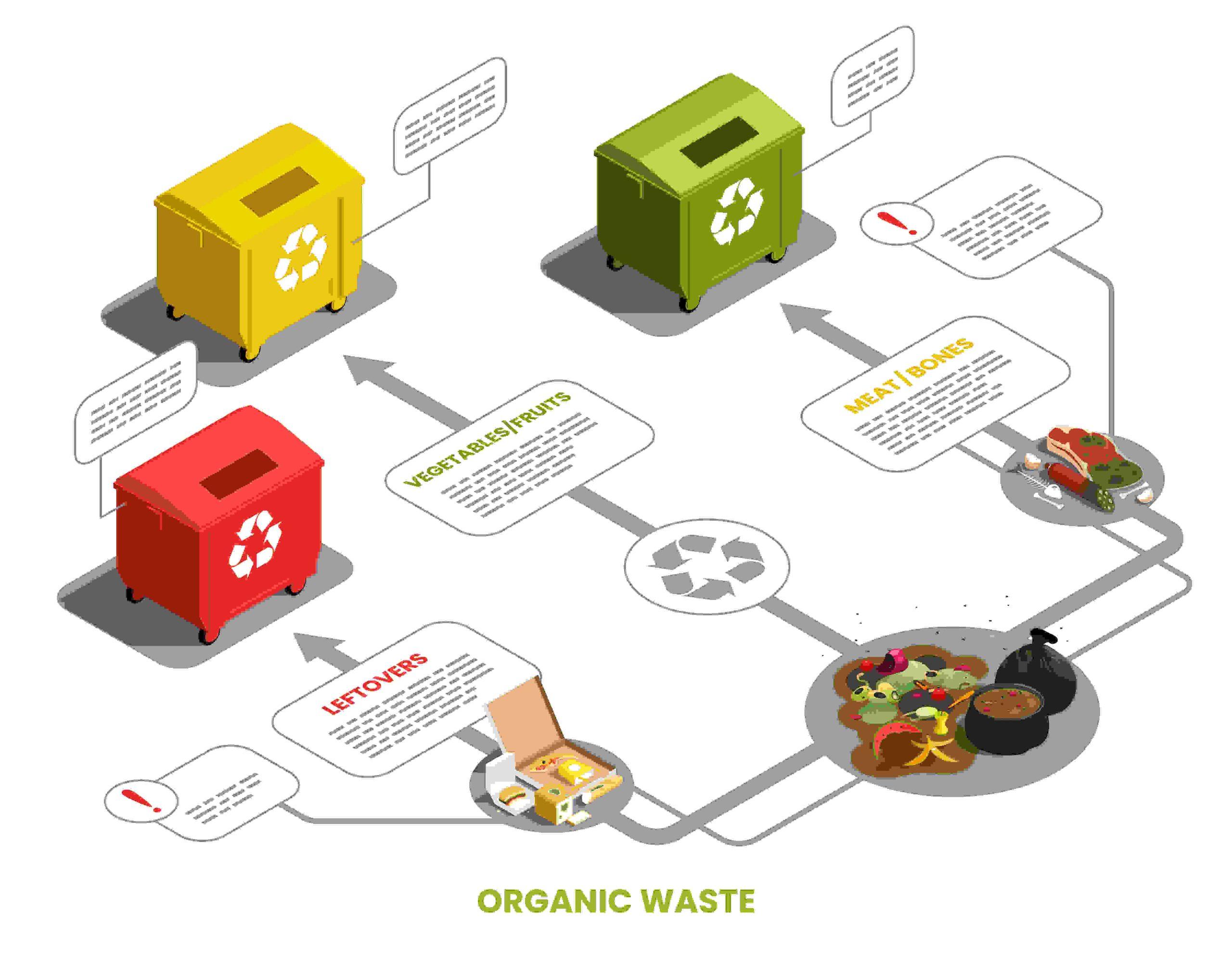From Chaos to Coordination: How Solid Waste Routing Software Transforms Efficiency
In the realm of waste management, efficiency is paramount. Every day, municipalities and waste management companies grapple with the challenge of optimizing routes, minimizing costs, and reducing environmental impact. However, traditional methods often fall short, leading to inefficiencies, missed pickups, and increased operational costs. In this guest post, we’ll explore how solid waste routing software emerges as a transformative solution, turning chaos into coordination and revolutionizing the way we manage waste.
Understanding the Challenge:
Before delving into the solution, it’s essential to understand the challenges that waste management organizations face. The traditional approach to route planning relies heavily on manual processes, paper maps, and spreadsheets. These methods are time-consuming, prone to errors, and lack the flexibility needed to adapt to changing circumstances such as road closures, traffic congestion, or sudden increases in waste volume.
Moreover, without real-time visibility and optimization capabilities, routes often become inefficient, leading to unnecessary fuel consumption, vehicle wear and tear, and missed collection deadlines. As urban populations continue to grow, the pressure on waste management systems intensifies, exacerbating these challenges and necessitating a more sophisticated approach.
Enter Solid Waste Routing Software:
Solid waste routing software represents a paradigm shift in waste management operations. Leveraging advanced algorithms, real-time data, and geospatial technology, these solutions offer a comprehensive suite of tools to streamline route planning, optimize collection schedules, and enhance overall efficiency.
At the heart of solid waste routing software is its ability to automate and optimize route planning processes. By analyzing various factors such as waste volume, collection points, vehicle capacities, and traffic conditions, the software generates optimal routes that minimize travel time, reduce fuel consumption, and maximize resource utilization.
Furthermore, solid waste routing software provides real-time visibility into fleet operations, allowing managers to monitor vehicle locations, track progress, and respond promptly to any deviations or emergencies. This level of oversight enables proactive decision-making, ensuring that resources are deployed effectively and collection schedules are adhered to.
Benefits of Implementation:
The implementation of solid waste routing software yields a myriad of benefits for waste management organizations, municipalities, and communities alike. Here are some key advantages:
- Enhanced Efficiency: By optimizing routes and streamlining operations, solid waste routing software enables organizations to accomplish more with fewer resources. This translates into cost savings, increased productivity, and improved service quality.
- Reduced Environmental Impact: By minimizing vehicle miles traveled and optimizing fuel consumption, solid waste routing software contributes to a reduction in greenhouse gas emissions and overall environmental footprint. This aligns with sustainability goals and fosters a cleaner, healthier environment.
- Improved Customer Satisfaction: Timely and reliable waste collection services are essential for maintaining customer satisfaction. Solid waste routing software ensures that collections are performed efficiently and on schedule, enhancing overall service levels and customer experience.
- Data-Driven Decision Making: Solid waste routing software provides valuable insights and analytics that empower organizations to make data-driven decisions. By analyzing key performance indicators such as route efficiency, fuel consumption, and service levels, managers can identify areas for improvement and implement targeted interventions.
- Flexibility and Scalability: As the needs of waste management organizations evolve, solid waste routing software offers the flexibility and scalability to adapt to changing requirements. Whether scaling operations to accommodate growth or adjusting routes in response to changing demand patterns, the software provides the agility needed to stay ahead of the curve.
Conclusion:
Solid waste routing software represents a quantum leap forward in waste management technology, offering a comprehensive solution to the challenges of route planning, fleet optimization, and operational efficiency. By harnessing the power of automation, data analytics, and real-time optimization, organizations can transform their waste management operations from chaotic and inefficient to coordinated and streamlined.
As we confront the growing pressures of urbanization, population growth, and environmental sustainability, the need for innovative solutions has never been greater. Solid waste routing software emerges as a beacon of hope, promising to revolutionize the way we manage waste and pave the way for a cleaner, more sustainable future.
It’s time to embrace the power of technology and embark on a journey towards efficiency, resilience, and environmental stewardship. From chaos to coordination, solid waste routing software lights the path forward.

